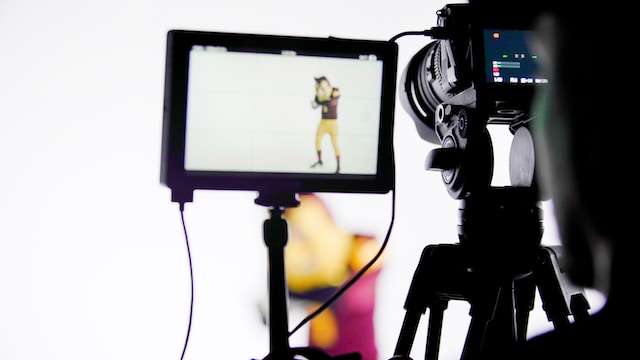When it comes to video production, B-roll footage is used by editors to add depth, context, and visual appeal to storytelling. Mastering the art of B-roll can take your videos from ordinary to extraordinary, as it captivates your audience and enhances your narrative. Here are six essential tips to help you shoot and use B-roll footage effectively.
1. Plan and Visualize Your Shots
Before you start shooting a B-roll, take the time to plan and visualize the shots you need to complement your main footage. Consider your video’s mood, tone, and message, and brainstorm visuals to enhance your storytelling. Creating a shot list or storyboard can help you stay organized and ensure you capture all the necessary footage during production.
2. Focus on Variety and Composition
When shooting a B-roll, aim for diverse shots to keep your audience engaged. Experiment with different angles, perspectives, and compositions to add visual interest to your footage. Incorporate wide shots to establish context, medium shots for detail, and close-ups to evoke emotion. Pay attention to framing, symmetry, and leading lines to create visually compelling compositions that draw viewers in.
3. Capture Authentic Moments and Emotions
One of the greatest strengths of B-roll footage is its ability to convey authenticity and emotion. Look for opportunities to capture candid moments and genuine reactions that bring your story to life. Whether it’s a heartfelt smile, a fleeting glance, or a spontaneous gesture, authentic moments can add depth and resonance to your video.
4. Use Movement and Dynamics
Incorporating movement into your B-roll footage can add energy and dynamism to your videos. Experiment with panning, tilting, and tracking shots to create a cinematic movement that guides the viewer’s eye and enhances the flow of your narrative. Use handheld or stabilizing equipment to achieve smooth, professional-looking footage, or explore creative techniques like time-lapse or slow motion to add visual flair.
5. Pay Attention to Lighting and Atmosphere
Lighting plays a crucial role in setting the mood and atmosphere of your B-roll footage. Pay attention to natural and artificial light sources, and adjust your shooting schedule and locations accordingly to capture the best lighting conditions. Experiment with different times of day, weather conditions, and lighting setups to create your video’s desired look and feel.
6. Edit with Purpose and Precision
The final step in mastering the art of B-roll is the editing process. Take the time to review and select the best shots that complement your main footage and advance your storytelling. Pay attention to pacing, rhythm, and continuity as you assemble your B-roll sequences. Add transitions, overlays, and effects seamlessly to enhance your narrative and create a final product.
Elevate Your Video Production with B-Roll Mastery
By following these six tips for shooting and using B-roll footage, you can elevate your video production to new heights, and captivate your audience with compelling visuals and immersive storytelling. Whether you’re creating a promotional video, a documentary, or a narrative film, mastering the art of B-roll will enhance your ability to communicate your message effectively and leave a lasting impression on your viewers.
